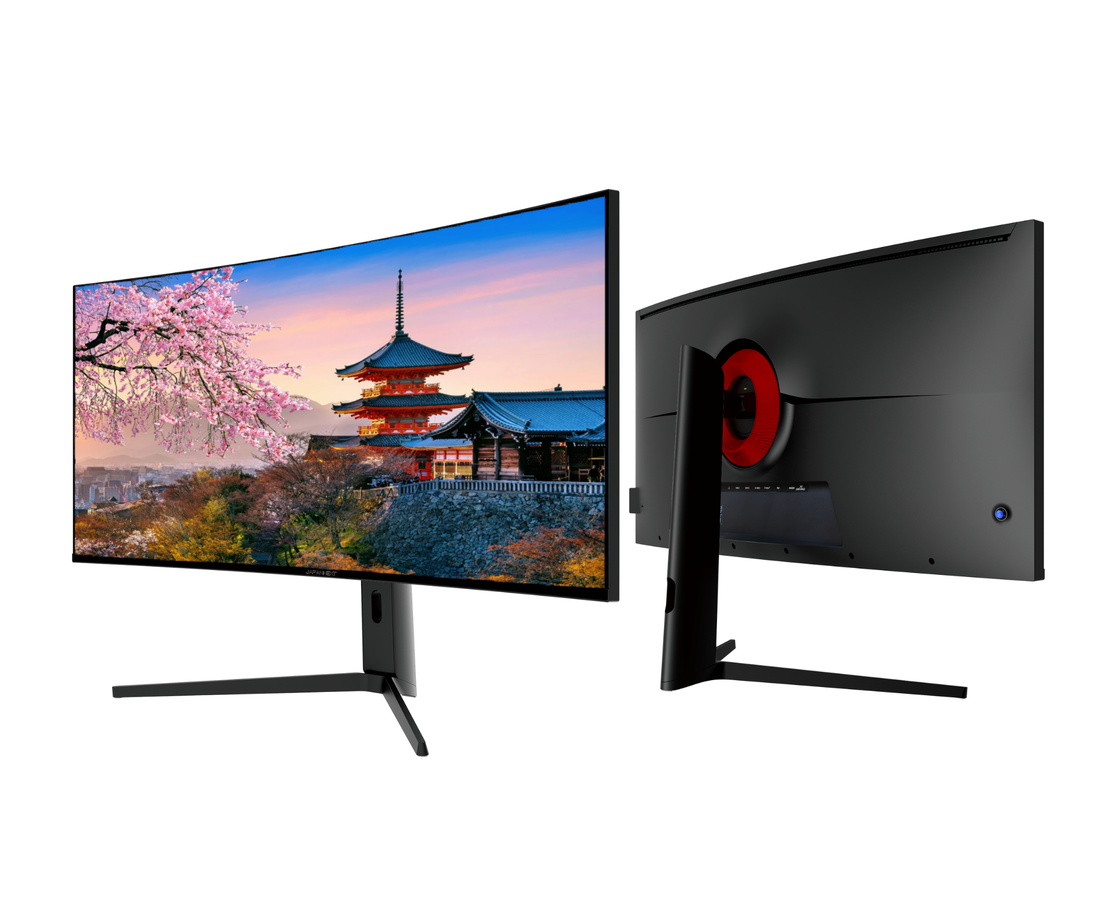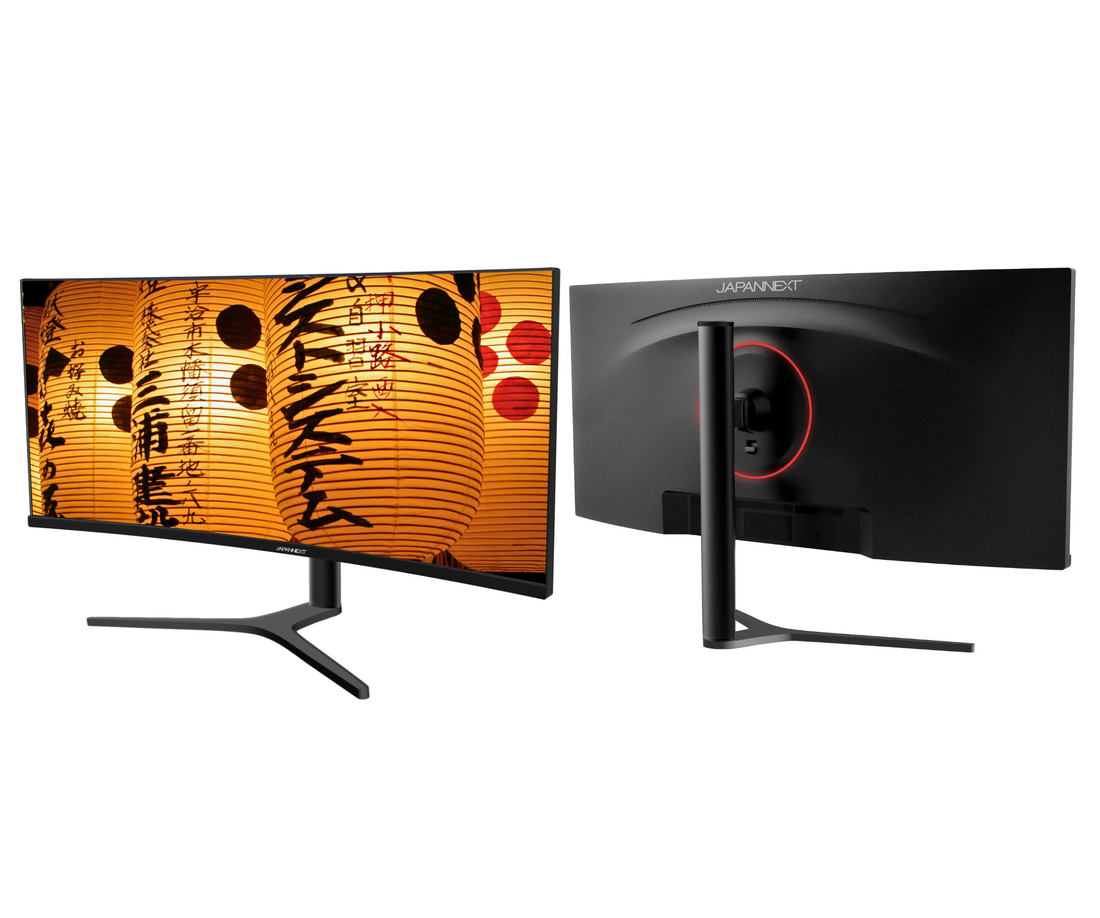Curved monitors: the trend for an immersive experience
Curved monitors made their appearance in the world of technology a few years ago. Since then, they have become increasingly popular with users for their many advantages in terms of visual experience, comfort and design. In this article, we take a look at what a curved monitor means, as well as the features to look for when buying a curved monitor.
The emergence of curved monitors
Curved monitors have been introduced into the industry by several manufacturers such as Samsung, LG and Dell. These screens are distinguished by their slightly curved shape which allows better visual immersion. In fact, the curve of the screen wraps more our range of vision, reducing blind spots and providing a more natural and comfortable experience for the eyes. In addition, this technology limits reflections and improves display quality with a better contrast and optimal brightness.
A wide range of curved monitors
Today, there are different sizes and resolutions of curved monitors. Whether for working, playing video games or enjoying high-resolution multimedia content, there is something for all needs and for all budgets. Among the most common sizes, we find screens from 24 to 49 inches, offering different resolutions, from Full HD (1920 x 1080 pixels) to 4K (3840 x 2160 pixels).
How to choose your curved monitor? Features to take into account
To help you make the right choice when purchasing a curved monitor, here are some important criteria to consider:
- Screen size: Depending on the space you have and how you will use it, it is essential to choose a screen size suited to your needs. For work or office use, 24 to 27 inch screens are generally sufficient. For gamers and multimedia content enthusiasts, larger screens (32 inches and above) offer a better immersive experience.
- The panel: Curved monitors can be equipped with different panels, such as VA, IPS or TN. Each technology has its advantages and disadvantages in terms of image quality, brightness, viewing angles and responsiveness. So take the time to compare these features according to your specific needs.
- The resolution: The higher the resolution, the more detailed and precise the visual quality will be. A Full HD screen is suitable for most applications, but if you're looking for even greater resolution, opt for a 4K model.
- The refresh rate: Particularly important for video game enthusiasts, the refresh rate defines how many times the image is refreshed each second. The higher this rate, the more fluid and responsive your screen will be. Gaming monitors generally offer rates between 100 and 240 Hz.
- Additional features: Some curved monitor offer additional features, such as compatibility with G-Sync or FreeSync technologies to synchronize the display with your graphics card, screen height adjustment or even connectivity options (HDMI ports , DisplayPort, USB Type-C, etc.). Do not hesitate to compare these features to choose the model that suits you best.
In summary, curved monitors provide an immersive and comfortable experience for various uses. With a wide range of models available, it is essential to take into account your use (the JAPANNEXT 5X40 is particularly suitable for office automation for example), the size of the screen (a 34 inch offers a very pleasant working surface for a reduced size, resolution, panel type, refresh rate, and additional features, such as integrated USB type-C charging in order to make the best possible choice.











